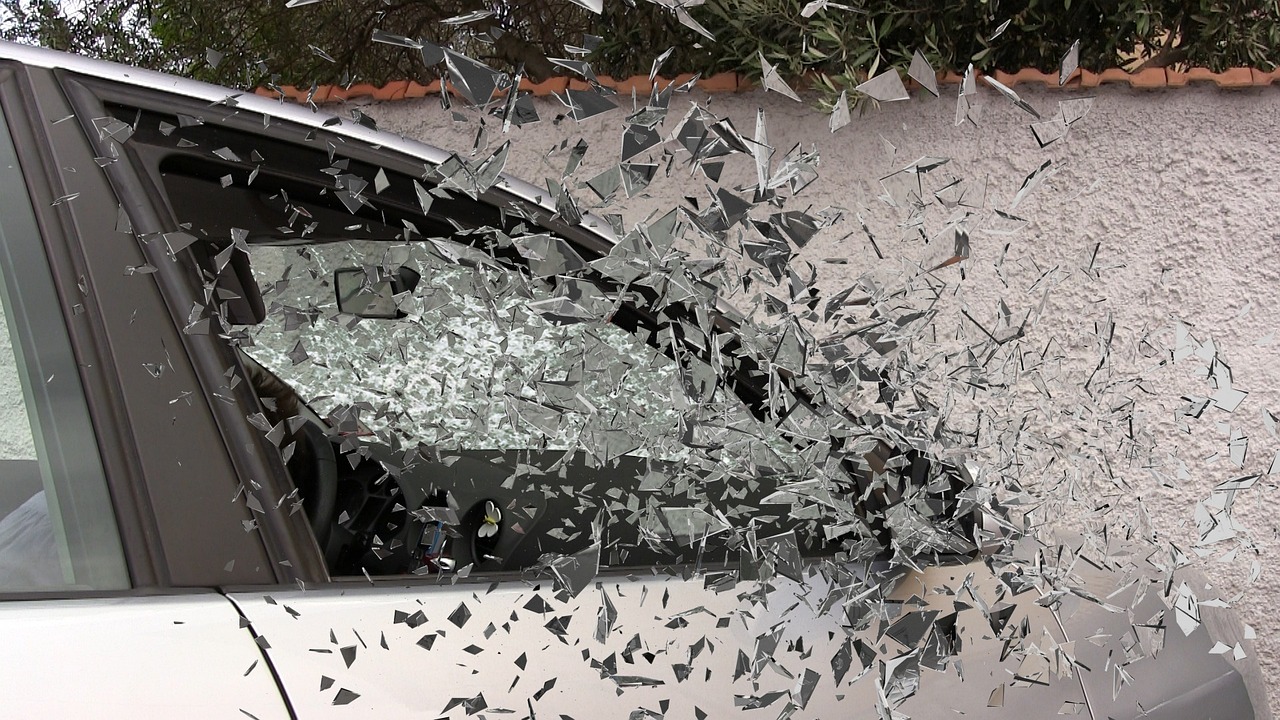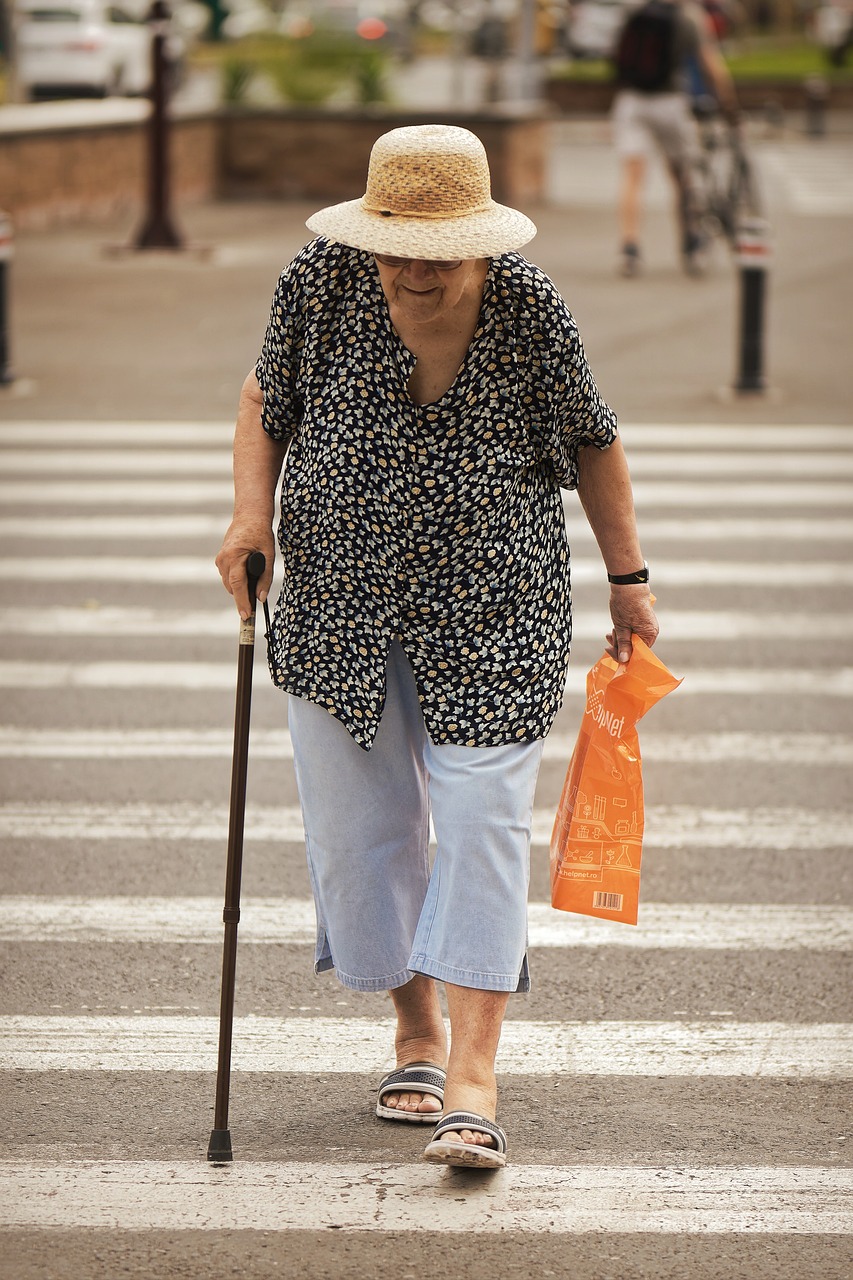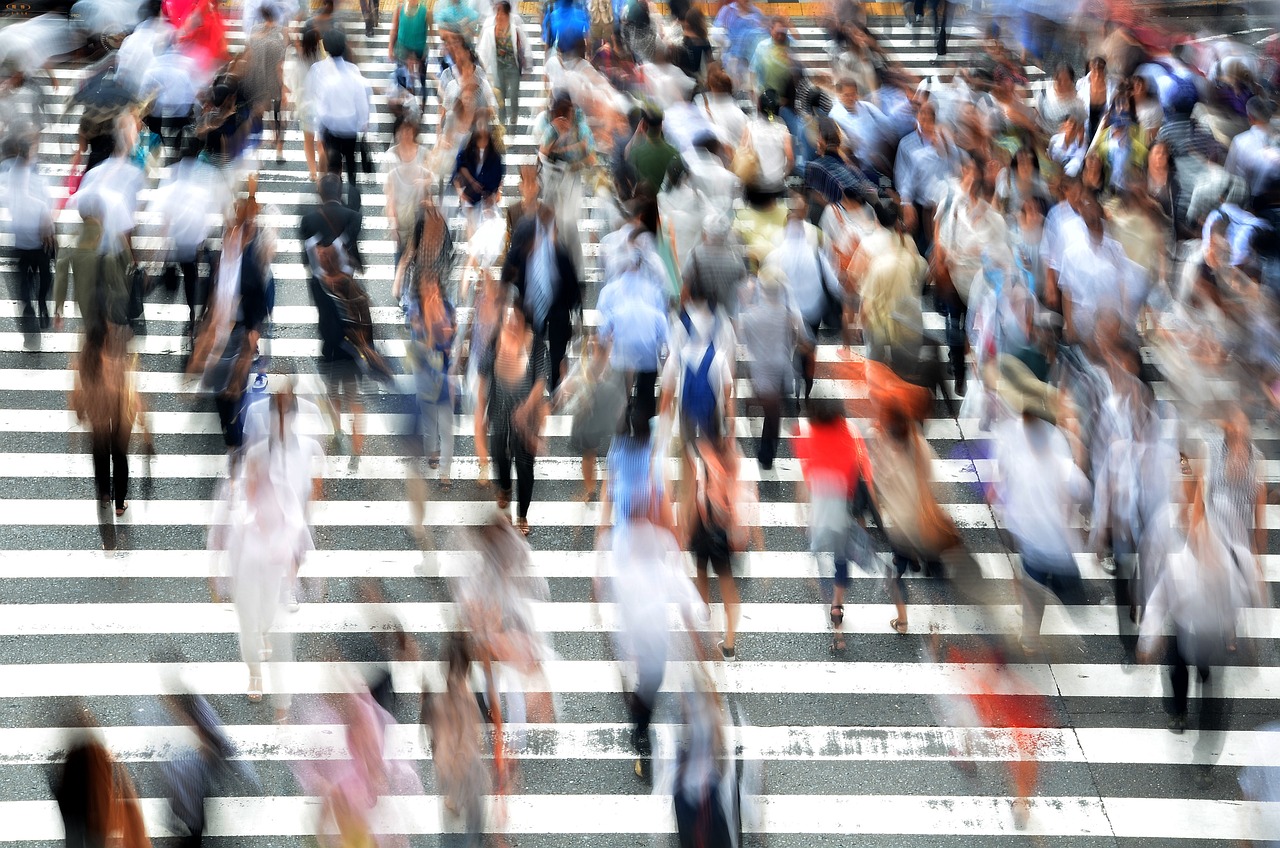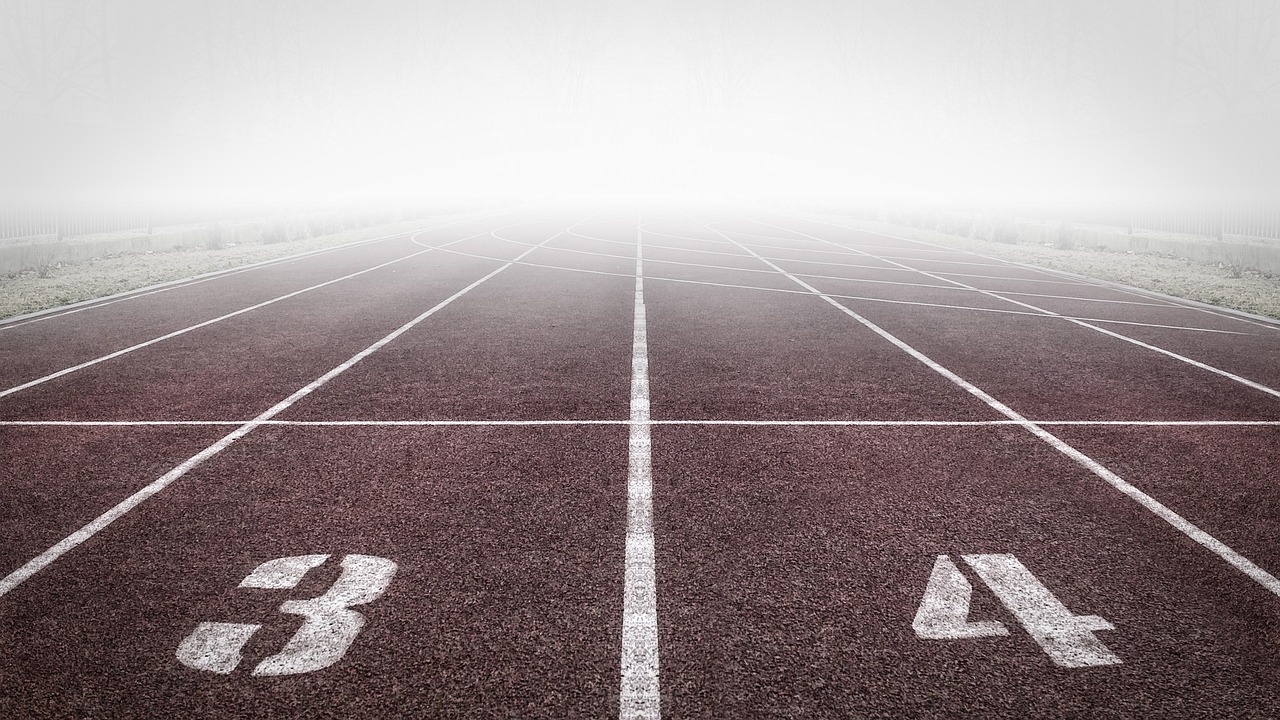In the wake of a wrongful death, navigating the complexities of legal proceedings can feel overwhelming. However, having the right legal representation by your side can make all the difference in seeking justice and closure for your loved one. In this blog post, we’ll delve into the crucial role that legal representation plays in wrongful death claims, highlighting the importance of compassionate guidance and expert advocacy in a friendly and approachable tone.
1. Understanding Your Rights:
Explore how a qualified wrongful death attorney can help you understand your legal rights and options, empowering you to make informed decisions every step of the way.
2. Navigating Complex Legal Procedures:
Learn how legal representation can guide you through the intricate legal procedures involved in filing a wrongful death claim, ensuring that your case is handled with care and diligence.
3. Expert Evaluation of Your Case:
Discover the value of having an experienced attorney evaluate the merits of your case, identifying key evidence and potential legal strategies to strengthen your claim.
4. Negotiating with Insurance Companies:
Understand the role of legal representation in negotiating with insurance companies on your behalf, advocating for fair compensation for your losses while protecting your rights.
5. Providing Emotional Support:
Recognize the compassionate support that a dedicated attorney can offer during this difficult time, providing a listening ear, empathetic guidance, and reassurance when you need it most.
6. Advocating for Justice and Accountability:
Explore how legal representation serves as a powerful advocate for justice and accountability, fighting tirelessly to hold responsible parties accountable for their actions.
7. Offering Peace of Mind:
Experience the peace of mind that comes with having a skilled attorney handle the legal aspects of your wrongful death claim, allowing you to focus on healing and honoring your loved one’s memory.
With the right legal representation by your side, you can navigate the complexities of wrongful death claims with confidence and peace of mind. Trust in the expertise and compassion of a dedicated attorney to guide you through this challenging journey toward justice and closure.
Unseen Wounds: Addressing Mental Health Workplace Injuries in the Office
In today’s fast-paced and demanding work environments, the focus on physical safety is often paramount. However, there’s another aspect of workplace safety that is equally important yet often overlooked: mental health. Just as physical injuries can occur in the workplace, mental health injuries are also a significant concern, particularly in office settings where stress, pressure, and long hours are commonplace.
In this article, we’ll delve into the issue of mental health workplace injuries in office settings, explore their causes, effects, and most importantly, discuss strategies for prevention and support.
The Invisible Epidemic
While physical injuries are often immediately visible and treated, mental health injuries can be insidious and go unnoticed for extended periods. Stress, anxiety, depression, burnout, and other mental health issues can significantly impact an individual’s ability to function effectively in the workplace. Factors such as excessive workload, unrealistic deadlines, poor work-life balance, lack of support, and interpersonal conflicts can contribute to the development of these issues.
The Toll on Individuals and Organizations
The consequences of mental health workplace injuries are far-reaching. For individuals, they can manifest as decreased job satisfaction, increased absenteeism, reduced productivity, and even more severe outcomes such as substance abuse or suicidal ideation. From an organizational perspective, these issues can lead to higher turnover rates, decreased morale, increased healthcare costs, and a negative impact on overall company culture and reputation.
Prevention and Support Strategies
Addressing mental health workplace injuries requires a multifaceted approach that involves both prevention and support strategies.
Here are some key steps that organizations can take:
Promote a Healthy Work Environment:
Foster a culture that prioritizes work-life balance, open communication, and psychological safety. Encourage employees to take regular breaks, set realistic goals, and seek help when needed without fear of stigma or reprisal.
Provide Resources and Support:
Offer employee assistance programs (EAPs), counseling services, and mental health awareness training to help employees recognize and cope with stressors effectively. Ensure that managers are trained to identify signs of mental distress and provide appropriate support and accommodations.
Encourage Workload Management:
Implement strategies to help employees manage their workloads effectively, such as task prioritization, delegation, and realistic goal-setting. Avoid overloading individuals with excessive responsibilities or unrealistic deadlines.
Promote Work-Life Balance:
Encourage employees to prioritize their well-being outside of work by promoting flexible work arrangements, offering paid time off, and discouraging a culture of presenteeism where employees feel pressured to work long hours.
Foster a Supportive Community:
Create opportunities for social connection and peer support within the workplace through activities such as team-building exercises, support groups, and wellness programs. Encourage employees to reach out to each other for support and camaraderie.Mental health workplace injuries in office settings are a significant yet often overlooked issue that can have profound consequences for individuals and organizations alike. By prioritizing prevention and support strategies, organizations can create healthier work environments where employees feel valued, supported, and able to thrive. It’s time to recognize that mental health is just as important as physical health in the workplace and take proactive steps to address this critical issue. After all, a mentally healthy workforce is essential for long-term success and sustainability in today’s competitive business landscape.
April Fools’ Day Pranks: Laugh Responsibly, Prioritize Safety
April Fools’ Day, a day synonymous with pranks and practical jokes, is eagerly anticipated by many each year. However, amidst the laughter and harmless fun, it’s essential to emphasize the importance of prioritizing safety, especially in the context of personal injury law. While it’s tempting to engage in elaborate pranks, one must always consider the potential risks and consequences to avoid any accidents or legal liabilities.
The Fine Line Between Fun and Liability:
In the realm of personal injury law, there exists a fine line between harmless pranks and actions that can result in serious injuries or legal repercussions. What may seem like a harmless joke to some could lead to physical harm, emotional distress, or property damage to others. It’s crucial to recognize this distinction and act responsibly when planning and executing April Fools’ Day pranks.
Legal Implications of Unsafe Pranks:
Engaging in reckless or unsafe pranks can have serious legal consequences. In the event that a prank results in injury or property damage, the perpetrator may be held liable for negligence. This could lead to legal action, including lawsuits and financial compensation for the injured party. Additionally, if a prank causes emotional distress or constitutes harassment, it may also result in legal ramifications.
Prioritizing Safety:
While April Fools’ Day is a time for laughter and lightheartedness, safety should always be the top priority. Before executing any prank, consider the potential risks and take steps to minimize them. Avoid pranks that involve physical harm, dangerous objects, or situations that could lead to accidents. Instead, opt for harmless jokes that bring joy without putting anyone at risk.
Tips for Safe Pranking:
Know your audience: Consider the sensibilities and preferences of the individuals involved before planning any pranks.
Avoid dangerous props: Refrain from using sharp objects, trip hazards, or anything that could potentially cause harm.
Respect boundaries: Ensure that your pranks are good-natured and won’t cause undue stress or anxiety to others.
Communicate openly: If you’re unsure whether a prank is appropriate, discuss it openly with the intended target beforehand.
Be prepared to apologize: If a prank goes awry or unintentionally causes harm, take responsibility, and apologize sincerely.
As we celebrate April Fools’ Day, let’s remember that laughter should never come at the expense of safety. By prioritizing the well-being of others and exercising caution in our pranking endeavors, we can ensure that everyone enjoys the holiday responsibly. Let’s keep the fun alive while also respecting the boundaries and safety of those around us. After all, a good laugh is only truly enjoyable when it’s shared without causing harm.
From Cycling Trips, to Nature Walks; Legal Advice for Outdoor Enthusiasts This Spring
With the arrival of weather and the call of nature outdoor lovers eagerly prepare for spring escapades. Whether it involves cycling along paths or trekking through forests these pursuits provide an ideal way to savor the season. Yet amid the anticipation it’s important to be mindful of aspects associated with outdoor endeavors. In this blog post we’ll delve into guidance for outdoor enthusiasts to ensure a safe and delightful springtime outing.
Know Your Rights and Duties
It’s vital to comprehend the laws and regulations governing pursuits in your locality. Familiarize yourself with trail protocols, road rules for cyclists and any necessary permits for activities.
Respect property rights and designated wilderness zones. Trespassing can result in repercussions. Mar the outdoor experience for others.
Liability and Injury Prevention
Make safety a priority by donning equipment like helmets for cycling and robust footwear for hiking.
Stay vigilant about dangers on trails or roads such as terrain, wildlife encounters and changing weather conditions. Taking precautions can help avert accidents and injuries.
When arranging group outings consider implementing liability waivers to delineate risks and responsibilities, for participants.
Exploring Premises Liability
When you visit parks, campgrounds or recreational spots it’s important to keep premises liability laws in mind. Property owners are responsible, for ensuring an environment for visitors.
If you notice any conditions like damaged structures or dangerous obstacles make sure to report them to the authorities to prevent accidents and avoid potential legal conflicts.
Documentation and Communication
If an accident occurs or someone gets injured make sure to document the incident thoroughly. Take photos of the scene. Gather contact details from witnesses.
It’s crucial to notify the authorities or property owners about any accidents. Quick communication can help resolve matters and ensure proper medical care if required.
Seeking Legal Advice if Needed
Should you sustain an injury due to negligence or hazardous situations during pursuits consider seeking advice from an injury attorney experienced in premises liability cases.
A legal expert can review the circumstances of your injury establish liability and provide guidance on your rights and options for pursuing compensation.
Conclusion
As outdoor enthusiasts gear up for spring adventures understanding aspects is key, for an enjoyable time. By knowing your rights and obligations putting safety first and being prepared for issues outdoor lovers can fully embrace spring activities while reducing risks and securing peace of mind.
Enjoy your time, on the trails. Have a hiking adventure!
Psychological Effects on Car Accident Victims
Car accidents are distressing events that can have lifelong emotional and psychological effects on those involved. While the physical injuries may heal, the mental scars can stay, affecting people’s daily lives and welfare. Understanding these effects and diagnosing the importance of seeking professional help is vital for recovery.
Signs of PTSD After a Car Accident
PTSD is a disorder that can progress after experiencing or seeing a traumatic event. Symptoms of PTSD following a car accident may include:
Re-experiencing the trauma
Avoidance
Negative changes in thinking and mood
Increased arousal and reactivity
Seeking Professional Help
Identifying the signs of PTSD and other mental health issues is the first step towards healing. It’s important for individuals affected by a car accident to seek professional help if they experience insistent psychological symptoms. Mental health professionals, such as psychologists and psychiatrists, can provide effective treatments for PTSD and other related conditions.
Treatment selections may include:
Cognitive Behavioral Therapy (CBT
Eye Movement Desensitization and Reprocessing (EMDR
Medication
In addition to professional treatment, support from family, friends, and support groups can play a critical role in the recovery process. Sharing experiences with others who have gone through similar situations can provide comfort and understanding.
The emotional and psychological aftermath of a car accident can be just as significant as the physical injuries. It’s important for survivors to acknowledge their feelings, understand that their reactions are normal, and decide when to seek professional help. Addressing the psychological impacts of car accidents can lead to better results and a healthier, tougher recovery.
Personal Injury Law Myth: Filing an Injury Claim will Lead me to a Huge Financial Bonanza
There is a misconception that filing an injury claim will lead to a huge financial windfall. Many people are influenced by the high-profile cases they hear about in public debates, or in the news. However, it’s important to note that most personal injury settlements are kept more private than what is reported in the media. Sadly, some people think filing a personal injury claim is a simple way to make quick money. However, these claims actually stem from incidents where people have been injured due to the negligence of others, such as, in car crashes, medical malpractice, or faulty product incidents. The purpose of injury claims is to provide compensation to those who have genuinely suffered losses because of someone’s carelesness. Victims of accidents often wish that the incident never happened or that they didn’t have to experience the loss of a loved one rather than focusing on receiving compensation through these claims.
Unfortunately, the exaggerated narrative we get from the media can give individuals hope of receiving millions from a lawsuit, even if their injuries are minor or if their case lacks evidences.
The settlement one can receive from an accident varies significantly. In reality, there is no specific figure for a personal injury settlement.
Several factors come into play when determining the value of a claim, such as:
The nature and severity of the injury
The type of accident that caused the injury
The extent and duration of treatment
Whether the injuries are permanent
Any contribution by the victim to the accident
The insurance coverage available
How the accident impacted the victim’s life
Typically, more severe injuries lead to higher potential settlement amounts. Permanent injuries often result in settlements compared to injuries, from accidents.
Elderly Pedestrians and Personal Injury Law: Safeguarding Our Most Vulnerable
The safety and well-being of pedestrians, in settings are crucial issues in personal injury law. With cities becoming more crowded and streets busier, the risk of pedestrian accidents involving individuals rises significantly. This article delves into the complexities of injury cases concerning pedestrians, highlighting legal protections, challenges, and potential measures to improve their safety.
Exploring the Vulnerability of Elderly Pedestrians
Statistics and Concerns
pedestrians face heightened vulnerability on the streets due to factors. Data shows that they are at a risk of sustaining injuries or fatalities in accidents involving vehicles compared to younger individuals. Their vulnerability stems from factors such as mobility, slower reaction times and a greater likelihood of sustaining injuries upon impact.
Legal Considerations
The landscape surrounding personal injury claims, for pedestrians encompasses several important factors. Laws aim to safeguard the road users leading to specific regulations and legal precedents that specifically address the concerns of elderly pedestrians.
Understanding these intricacies is vital, for safeguarding the elderly and navigating the aftermath of an accident.
Guiding Elderly Pedestrians Through Personal Injury Claims
Obstacles in Legal Procedures
A hurdle in injury cases involving elderly pedestrians is proving negligence. Providing evidence of a drivers or citys fault due to conditions requires data collection and a solid grasp of personal injury law. Moreover the presence of existing health issues among the elderly can complicate claims as defendants might argue that these conditions, rather than the accident itself caused the injuries.
Enhancing Claim Validity
To bolster an injury claim it’s crucial to document all aspects related to the incident. This involves collecting witness accounts securing surveillance footage and obtaining records of sustained injuries. Seeking assistance from an injury attorney experienced in dealing with cases involving pedestrians can significantly influence the outcome by providing expert guidance through legal complexities.
Preventive Actions and Legal Adjustments
Enhancing Urban Infrastructure
Enhancements to infrastructure play a role, in safeguarding elderly pedestrians. This includes implementing crosswalks extending pedestrian signal durations and creating pedestrian zones.
Legal changes focused on improving road safety standards are crucial. These reforms can introduce penalties for drivers who put pedestrians at risk and promote the implementation of pedestrian urban planning practices.
Educational initiatives that target both drivers and pedestrians play a role, in raising awareness about road safety for individuals. Community based programs like volunteer led escort services for pedestrians also play a role in ensuring their safety and well being while out on the streets.
As our society progresses it’s important to adapt our approach to safeguarding all pedestrians, the elderly. By combining advocacy city planning improvements and community assistance we can create an environment, for older members of our community to travel through.
Navigating the Streets Safely: A Comprehensive Guide to Pedestrian Safety
Discover essential safety tips and understand the causes of pedestrian accidents to navigate city streets confidently. Learn how to protect yourself and contribute to a safer community.
Walking is a fundamental mode of transportation and exercise for millions around the world. However, the increasing frequency of pedestrian accidents has raised significant concerns about safety on our streets. This comprehensive guide aims to shed light on the issue of pedestrian safety, the common causes of accidents, and practical tips to ensure your safety while navigating the bustling city streets.
Understanding Pedestrian Accidents
Pedestrian accidents involve collisions between a person walking and a vehicle. These incidents can lead to severe injuries or even fatalities, given the vulnerability of pedestrians compared to motorized vehicles.
The Grim Statistics
Recent data highlight a worrying trend: pedestrian fatalities and injuries are on the rise. Factors contributing to this increase include distracted driving, higher vehicle speeds, and the proliferation of SUVs and larger vehicles, which pose greater risks to pedestrians.
Common Causes of Pedestrian Accidents
Distracted Driving and Walking: Mobile phone use while driving or walking is a leading cause of accidents.
Impaired Driving: Alcohol or drug impairment significantly increases the likelihood of pedestrian accidents.
Speeding: Higher speeds reduce a driver’s ability to stop in time to avoid a collision.
Lack of Visibility: Accidents are more common during nighttime or in poorly lit areas where visibility is low.
Safety Tips for Pedestrians
To mitigate the risks of accidents, pedestrians can adopt several safety practices:
Increase Visibility
Wear Reflective Clothing: Especially important at night or in low-light conditions.
Use Crosswalks and Intersections: Choose well-lit, designated crossing points whenever possible.
Stay Alert
Avoid Distractions: Limit the use of mobile devices and headphones when walking near traffic.
Make Eye Contact: Ensure drivers see you before crossing the road.
Follow Traffic Signals and Signs
Obey Pedestrian Signals: Only cross streets when signals indicate it is safe.
Be Aware of Your Surroundings: Look for signs indicating potential dangers or areas where pedestrian access is restricted.
Choose Safe Routes
Plan Your Route: Opt for paths with sidewalks, pedestrian zones, and low traffic volumes.
Avoid Risky Behaviors: Never assume a vehicle will stop; ensure there is enough time to cross safely.
Implementing Community Safety Measures
Improving pedestrian safety is not only the responsibility of individuals but also requires community and governmental action. Implementing traffic calming measures, enhancing street lighting, and creating pedestrian-only zones can significantly reduce accidents. Furthermore, public awareness campaigns and stricter enforcement of traffic laws are crucial in promoting safe behaviors among drivers and pedestrians alike.
Frequently Asked Questions (FAQs)
Q1: What should I do if I witness a pedestrian accident?
A1: Ensure your safety first, then call emergency services immediately. Provide assistance if you can do so safely, and wait for professional help to arrive.
Q2: Are pedestrians always given the right of way?
A2: While pedestrians often have the right of way at crosswalks and intersections, laws vary by location. It’s essential to know and follow the specific traffic laws in your area.
Q3: How can communities reduce pedestrian accidents?
A3: Communities can implement traffic calming measures, improve street lighting, enforce traffic laws strictly, and create pedestrian-friendly zones to enhance safety.
Q4: Is it safer to walk during the day or night?
A4: Walking during the day is generally safer due to better visibility. If you must walk at night, use reflective clothing and stick to well-lit areas.
Q5: How can technology help improve pedestrian safety?
A5: Advances in technology, such as pedestrian detection systems in vehicles, improved street lighting, and mobile apps that alert drivers and pedestrians to potential hazards, can significantly enhance safety.
Navigating city streets as a pedestrian doesn’t have to feel like a risky endeavor. By understanding the common causes of accidents and following these essential safety tips, you can significantly reduce your risk of injury. Let’s all do our part to make our streets safer for everyone.
Texting While Walking: A Dangerous Habit with Legal Consequences
Explore the dangers and legal implications of texting while walking from a personal injury law perspective. Learn how distracted walking can lead to accidents, injuries, and complex liability issues.
In today’s fast-paced world, multitasking has become a way of life for many. Texting while walking, a common sight on city streets and pedestrian pathways, might seem like an efficient use of time. However, this seemingly harmless habit can have serious consequences, both physically and legally. From a personal injury law standpoint, understanding the dangers and legal implications of texting while walking is crucial for pedestrians and smartphone users alike.
The Risks of Distracted Walking
Texting while walking diverts attention from the surroundings, significantly increasing the risk of accidents and injuries. Pedestrians engrossed in their phones may not notice oncoming traffic, obstacles on the pathway, or other pedestrians, leading to collisions, falls, or more severe incidents.
Common Injuries Associated with Distracted Walking
Trips and Falls: Uneven surfaces, curbs, and street furniture can easily trip distracted walkers.
Collisions: Walking into objects, other pedestrians, or even moving vehicles can cause injuries ranging from minor bruises to serious head injuries.
Traffic Accidents: Pedestrians stepping into the road without noticing oncoming traffic are at a high risk of being struck by vehicles.
Legal Implications and Personal Injury Claims
In the context of personal injury law, texting while walking complicates liability and negligence issues in accident cases. Personal injury law primarily revolves around the concept of negligence, which refers to failing to act with the level of care that someone of ordinary prudence would have exercised under the same circumstances.
Determining Liability in Pedestrian Accidents
When an accident occurs involving a distracted pedestrian, determining liability involves assessing the negligence of all parties involved. If a pedestrian texting while walking is hit by a vehicle, the driver may be liable if they were speeding or otherwise acting negligently. However, the pedestrian’s actions can also be scrutinized for contributory negligence or comparative negligence, depending on the jurisdiction.
Contributory Negligence: In some areas, if the pedestrian’s distraction contributed to the accident, they might be barred from recovering damages.
Comparative Negligence: Many jurisdictions apply a comparative negligence approach, where the compensation the pedestrian can receive is reduced by a percentage equal to their fault in the accident.
Safety Tips to Avoid Distracted Walking Incidents
Keep Your Phone Away: Store your phone while walking, especially in areas with heavy pedestrian and vehicle traffic.
Be Aware of Your Surroundings: Regularly scan your environment for potential hazards.
Use Headphones Wisely: If you must listen to music or audio, keep one earbud out to stay aware of environmental sounds.
Cross with Care: Only cross streets at designated crosswalks and pay attention to traffic signals.
Frequently Asked Questions (FAQs)
Q1: Can I be held liable if I cause an accident while texting and walking?
A1: Yes, if your distraction contributed to the accident, you might be considered partially or fully at fault under the principles of contributory or comparative negligence.
Q2: What should I do if I’m injured by a distracted pedestrian?
A2: Seek medical attention, document the incident and your injuries, and consult with a personal injury attorney to understand your legal options.
Q3: How can pedestrians protect themselves legally?
A3: Be mindful of your surroundings, adhere to traffic laws and pedestrian signals, and avoid engaging in distractions like texting while walking.
Q4: Are there laws specifically addressing texting while walking?
A4: While not widespread, some jurisdictions have enacted ordinances that fine pedestrians for texting while crossing streets. It’s important to be aware of local laws.
Q5: Can I still recover damages if I was texting while walking and got hit by a car?
A5: Depending on local laws and the specifics of the case, you may recover damages, but your compensation might be reduced if you’re found to have been distracted.
Texting while walking is a modern-day hazard that poses significant risks not only to physical safety but also in the realm of personal injury law. By understanding these risks and taking proactive steps to mitigate them, pedestrians can protect themselves from harm and legal complications. Always prioritize safety and awareness over the convenience of multitasking on the go.
Don’t Miss the Game: Understanding the Clock on Sports Injury Claims
Hey there, fellow sports enthusiasts! We’re diving into a topic that might not be as thrilling as a buzzer-beater shot or a game-winning goal, but trust me, it’s just as crucial. We’re talking about the statute of limitations for sports injury claims, and why timing is absolutely critical in this game.
Picture this: You’re out on the field, giving it your all, when suddenly, bam! You’re sidelined by an injury. It’s frustrating, it’s painful, and it might even be someone else’s fault. That’s where the legal game comes into play.
Now, here’s the thing about sports injury claims: they’re like a ticking time bomb. Every state has its own set of rules about how long you have to file a claim after getting injured. Miss that window, and you might as well be sitting on the bench for good.
So, why does timing matter so much? Well, think of it like this: memories fade, evidence disappears, and witnesses scatter like leaves in the wind. The longer you wait to file a claim, the harder it becomes to prove your case. It’s like trying to make a comeback when you’re down by twenty points with only a minute left on the clock – not impossible, but definitely not ideal.
Now, I know what you’re thinking: “But I’m tough! I can tough it out and deal with the legal stuff later.” Trust me, I get it. You’re a fighter, a competitor, and you don’t want anything to slow you down. But here’s the reality check: waiting too long to file a claim could cost you big time. You could miss out on compensation for medical bills, lost wages, and pain and suffering – all because you didn’t play by the rules.
So, what’s the game plan? Simple: know your state’s statute of limitations for sports injury claims, and act fast. Don’t wait until the final buzzer to make your move. Talk to a legal pro, gather your evidence, and get the ball rolling as soon as possible.
Remember, in the game of sports injury claims, timing is everything. Don’t let the clock run out on your chance for justice. Get in the game, and play to win.











